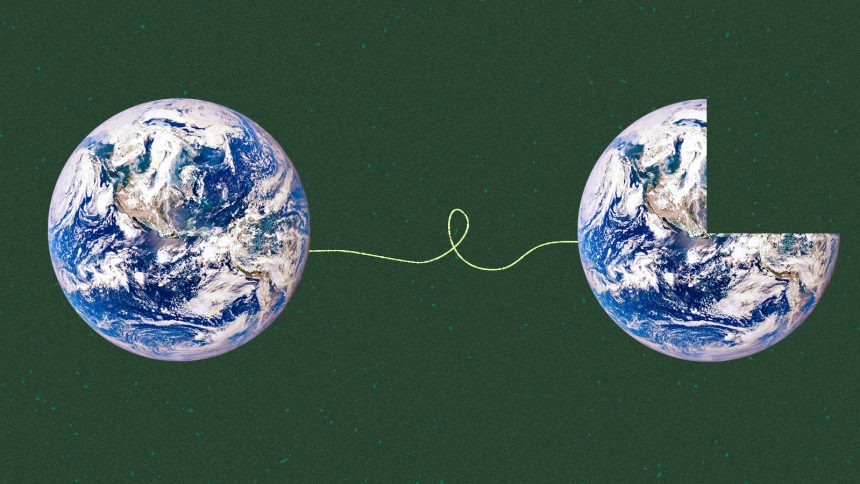On Christmas Day in 1971, humanity reached a significant milestone – exceeding the Earth’s capacity to sustain our demands for the first time in history. This trend of overshooting our planetary resources has continued and worsened over the past fifty years. The Global Footprint Network has been tracking this phenomenon since the early 2000s, calculating “Earth Overshoot Day,” the date each year when our resource consumption surpasses what the Earth can provide.
Currently, our rate of resource consumption equates to the need for 1.75 Earths to sustain us. As of August 1st this year, every additional resource we consume contributes to our collective debt, pushing us into the realm of ecological overshoot. This concept serves as a reminder of the impact our actions have on the planet. Our unsustainable practices lead to waste accumulation, resource depletion, and ecosystem degradation, limiting Earth’s ability to regenerate and threatening the future well-being of our planet.
The Ecological Footprint Initiative at York University works to compile and analyze data on our ecological impact, helping us understand the extent of our overshoot. By comparing metrics such as ecological footprint and biocapacity, we can determine the severity of our overshoot and work towards solutions. Despite efforts to combat climate change, focusing solely on symptoms like greenhouse gas emissions neglects the root causes of overshoot – overconsumption, population growth, and unsustainable practices.
Addressing overshoot requires a shift in mindset from perpetual growth and profit to sustainable living. Initiatives like the #MoveTheDate campaign aim to raise awareness and promote actions to reduce overshoot through ecosystem restoration, sustainable agriculture, and efficient resource use. Tackling overshoot also involves addressing issues like population growth and reshaping societal beliefs around consumption.
Ultimately, the challenge lies not only in understanding overshoot but in implementing solutions. Just as in managing personal finances, it requires a willingness to change behaviors and prioritize sustainability. The key question remains: are we willing to make the necessary changes to ensure a balanced and thriving future for our planet?





